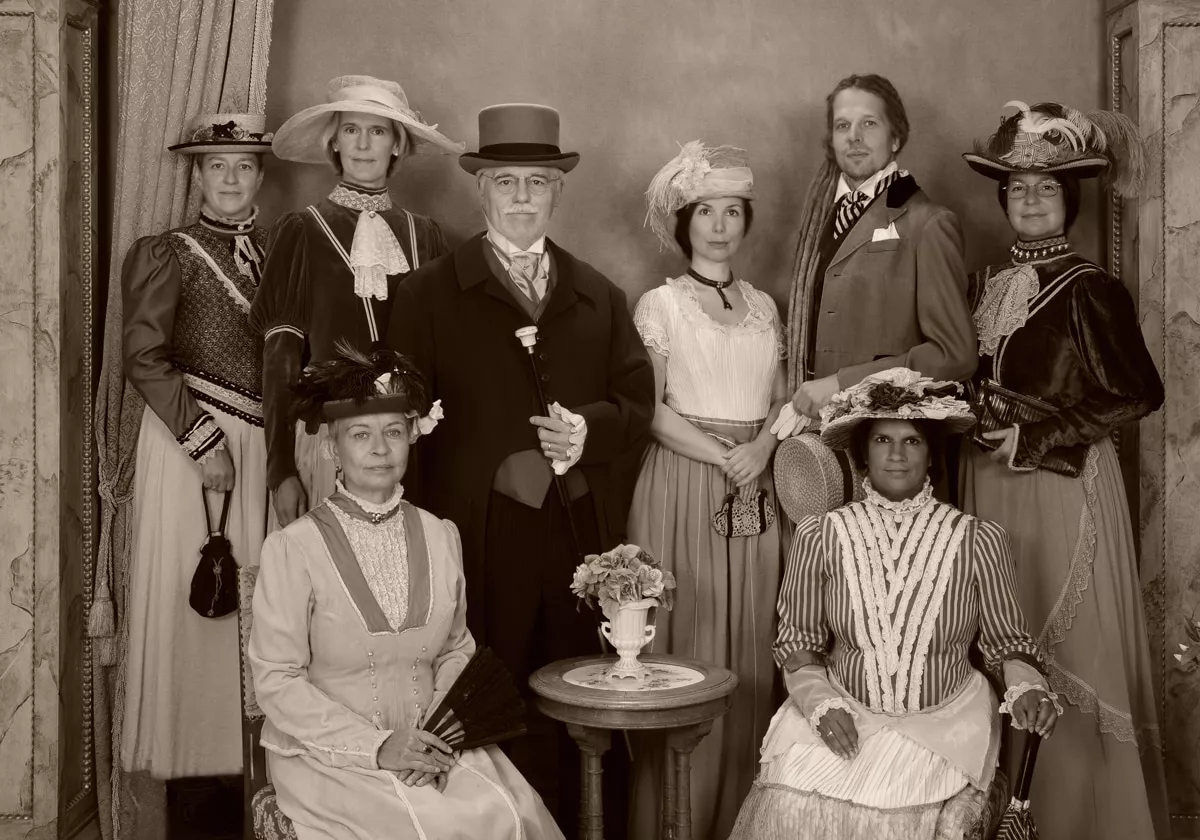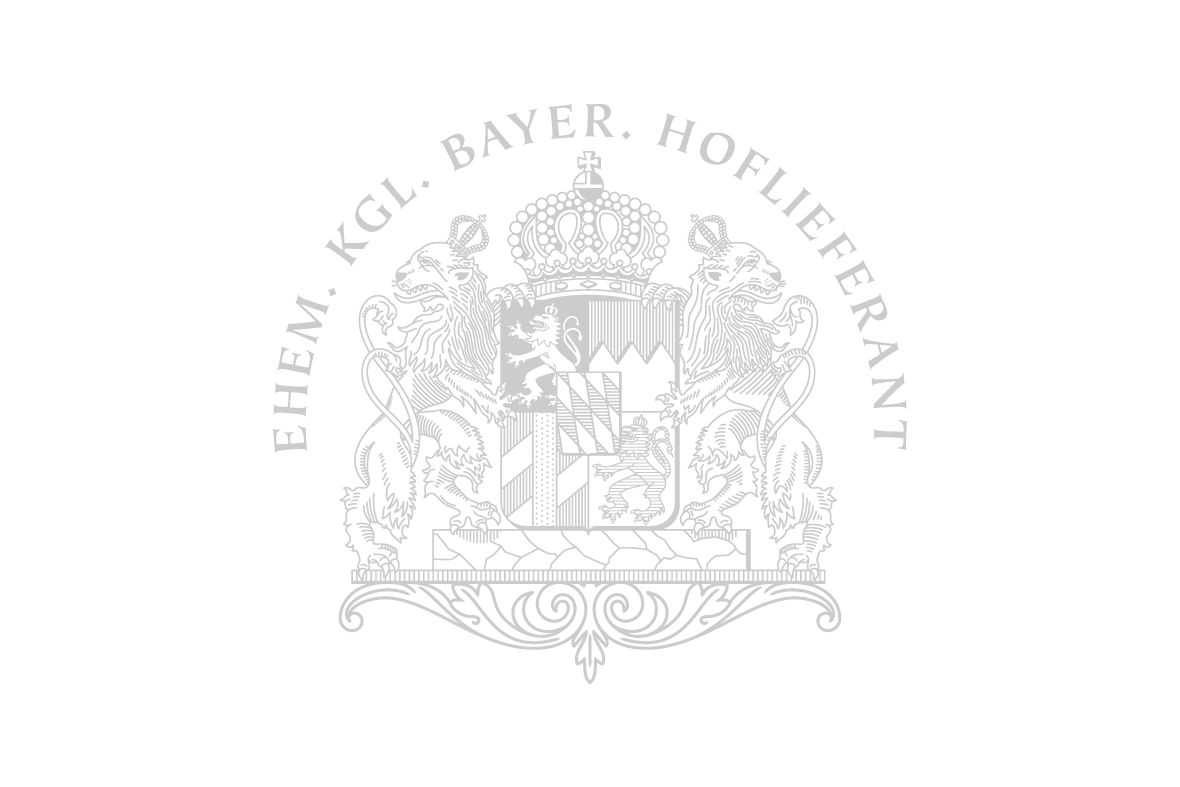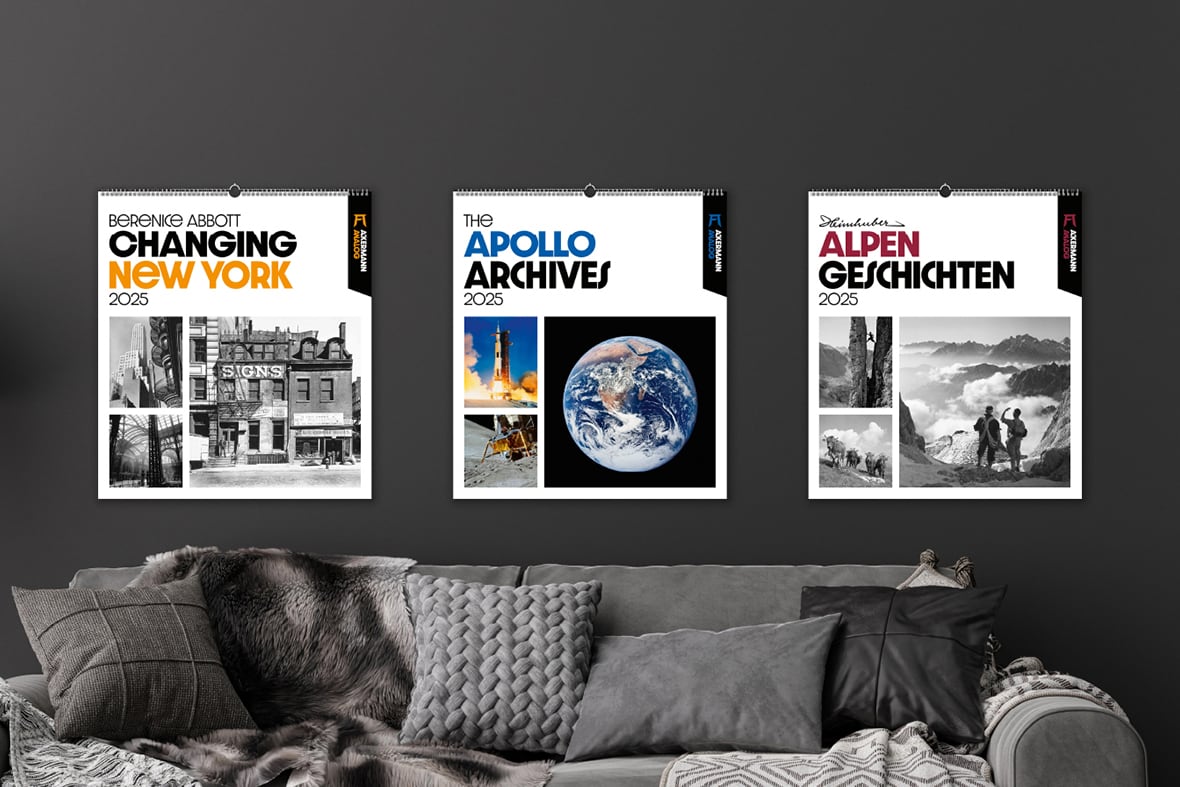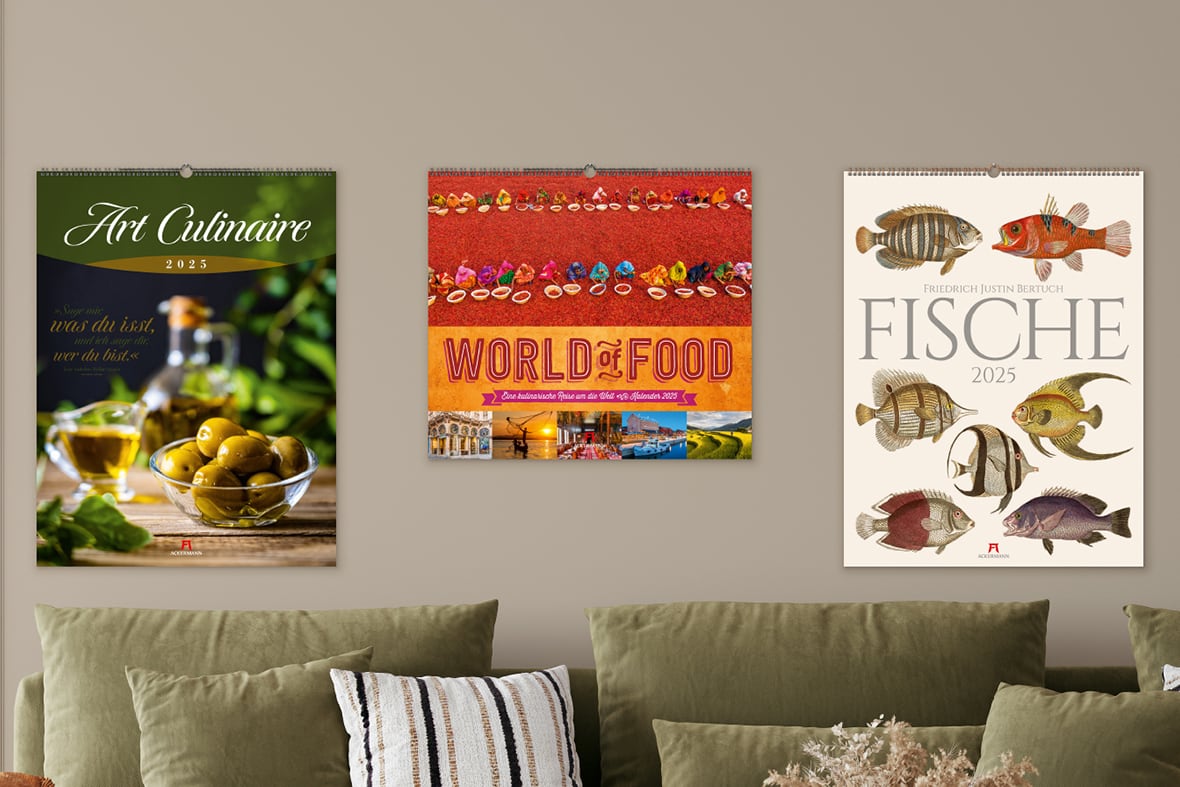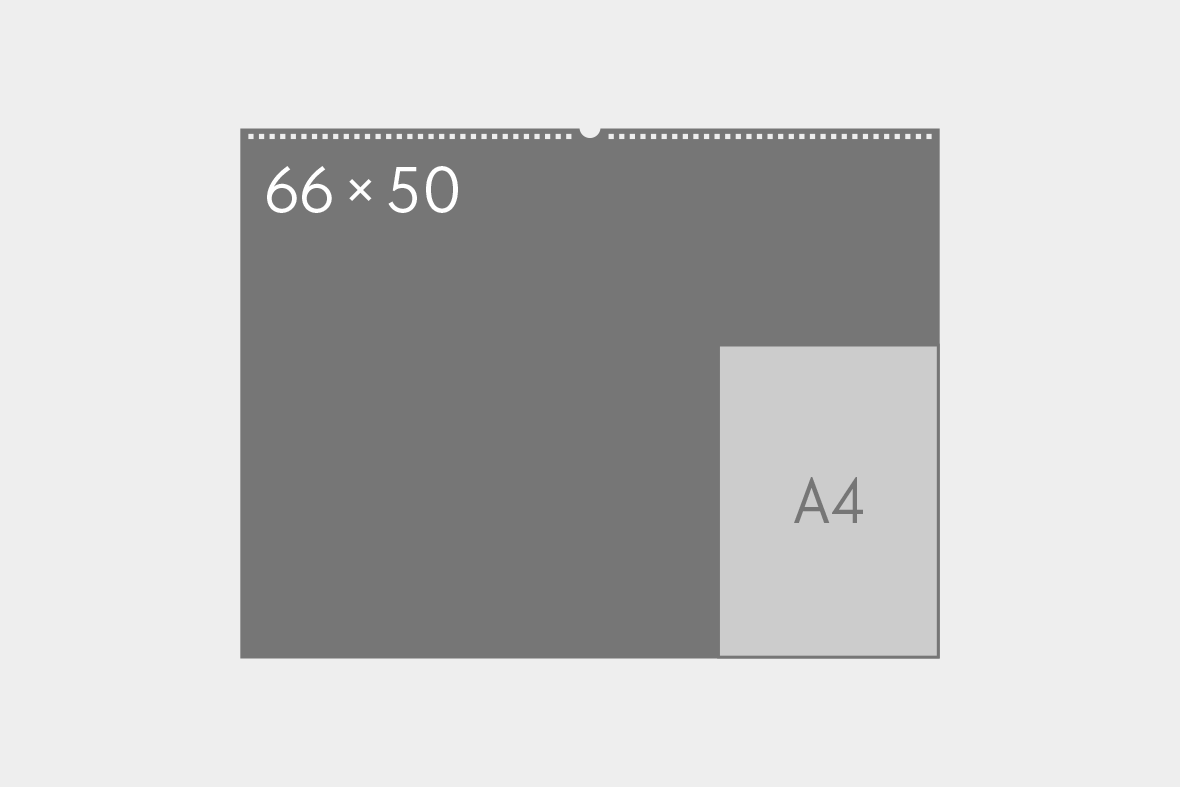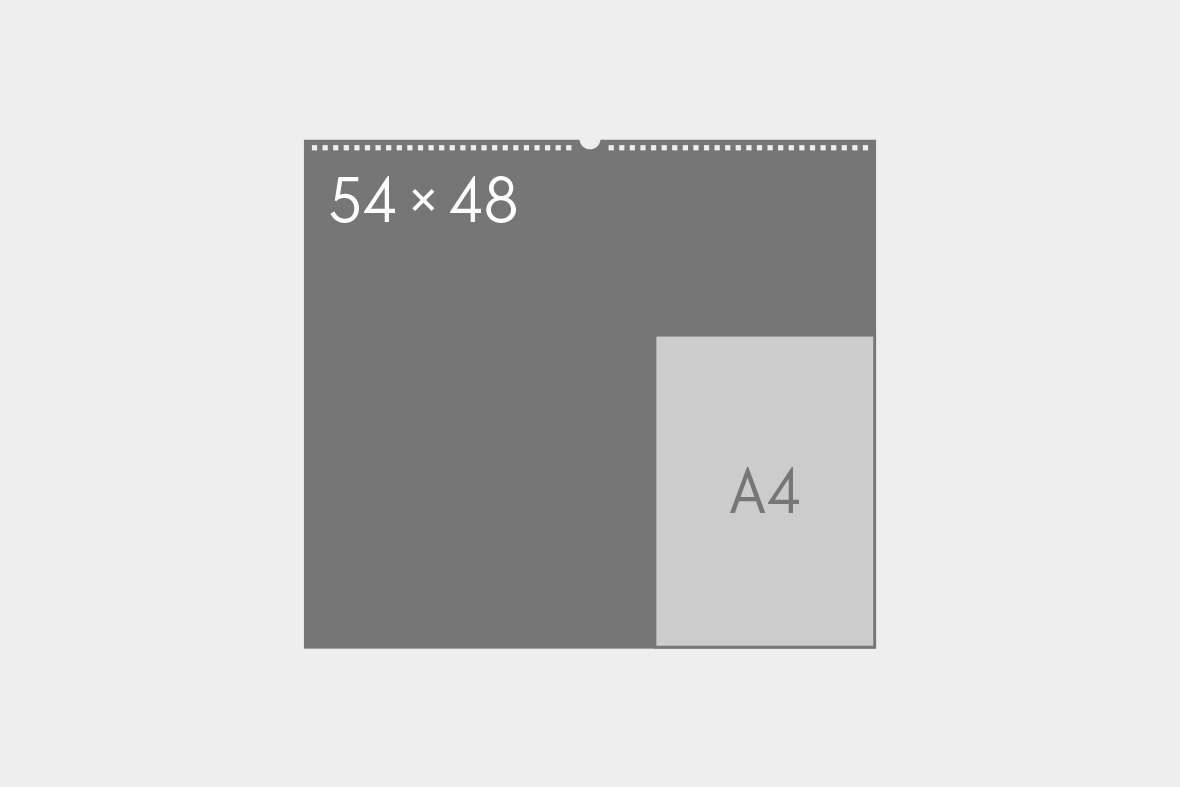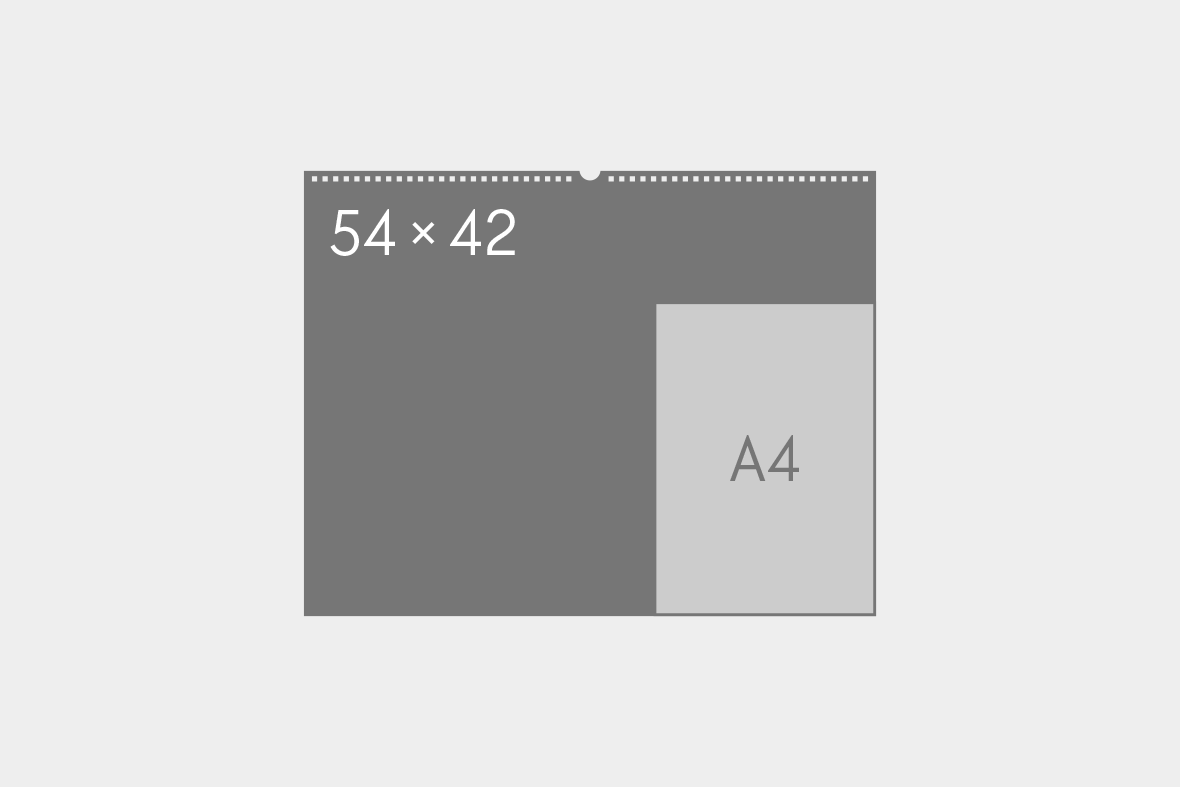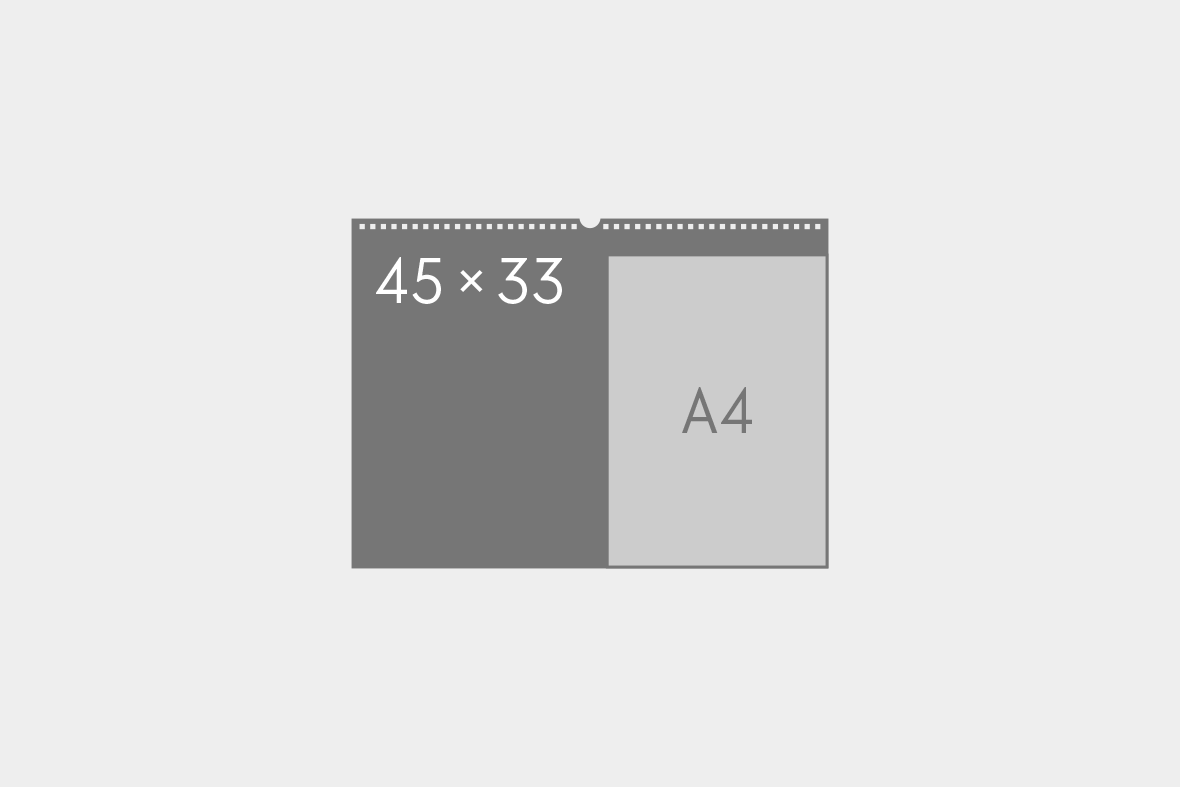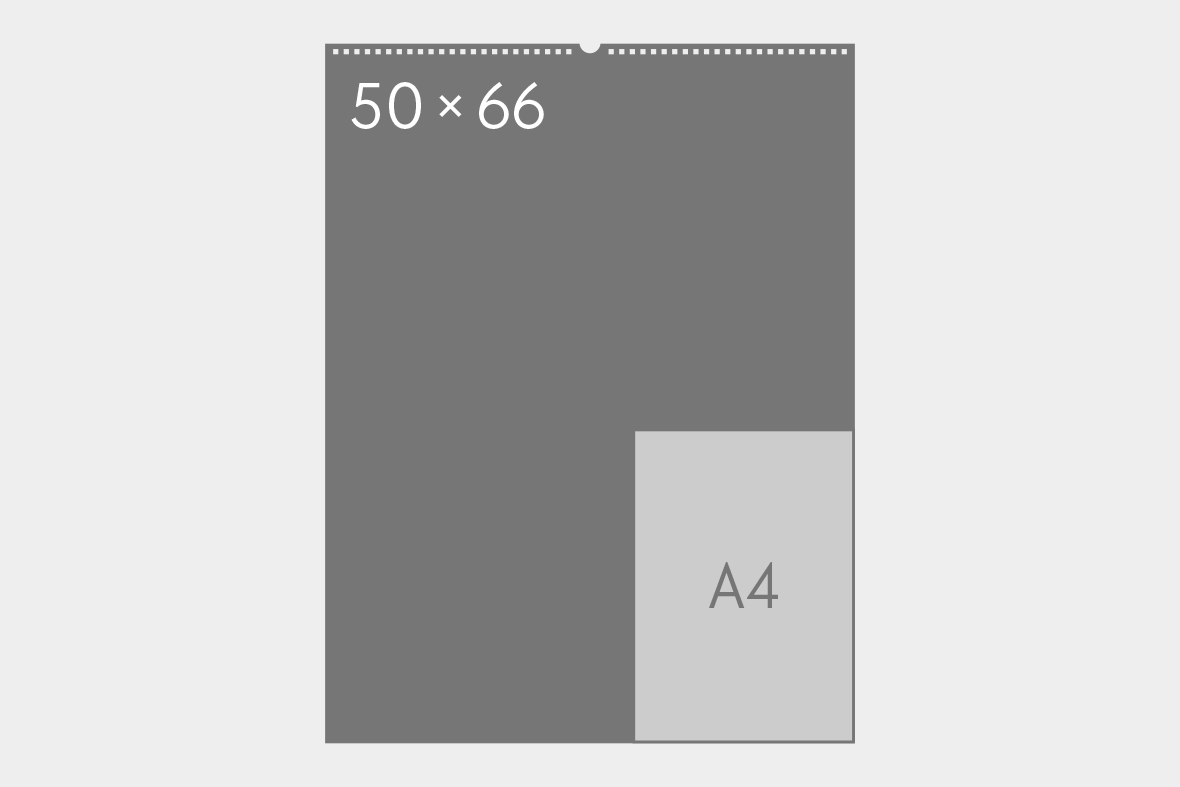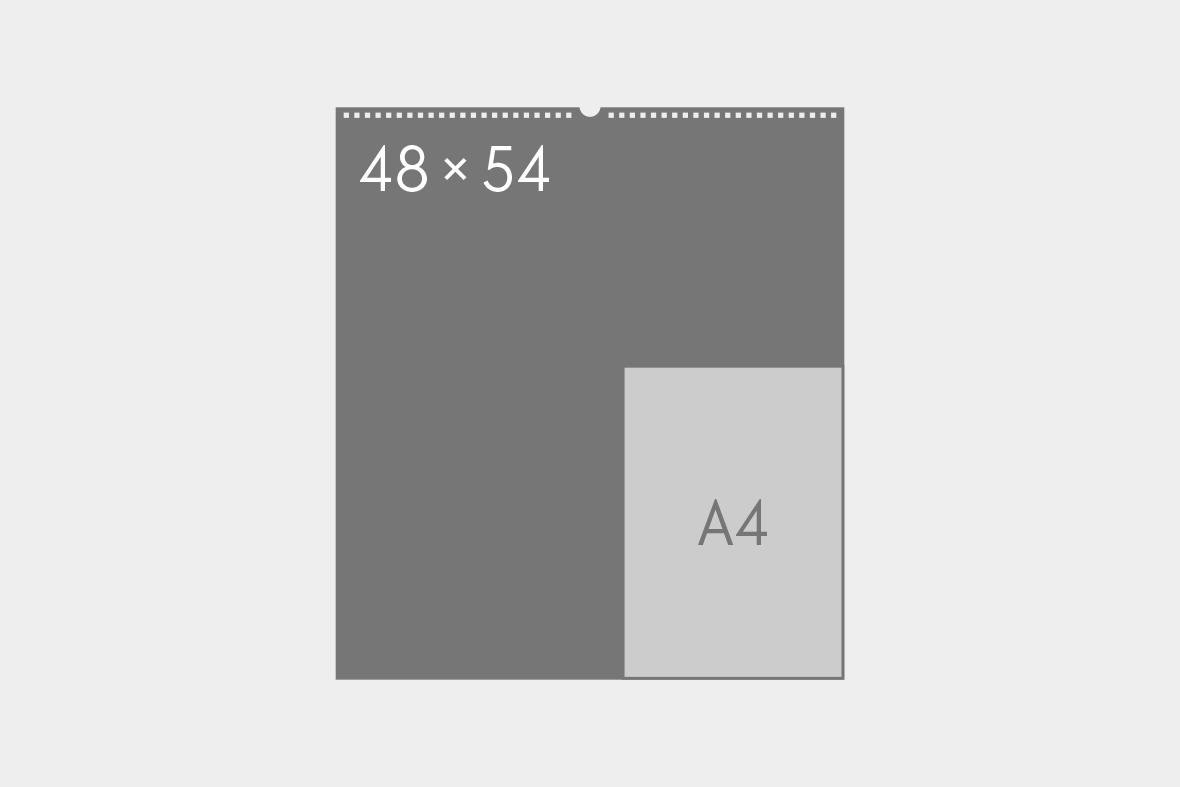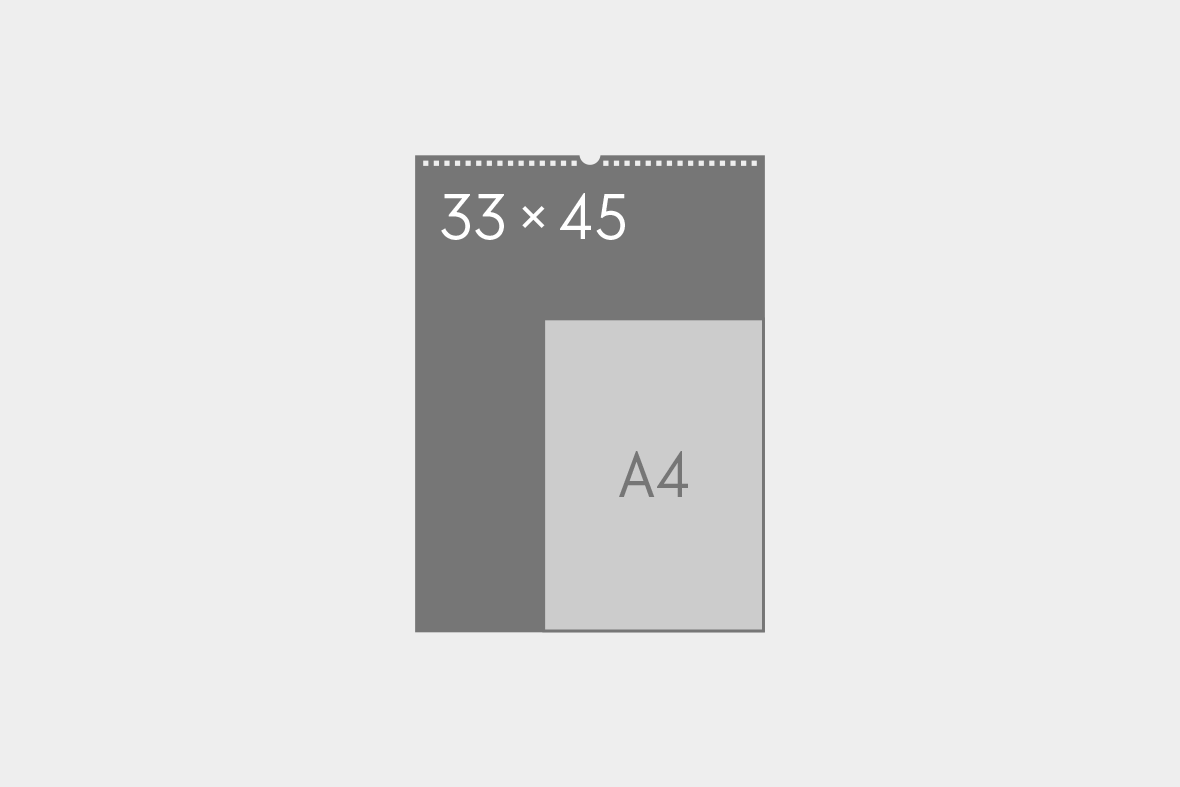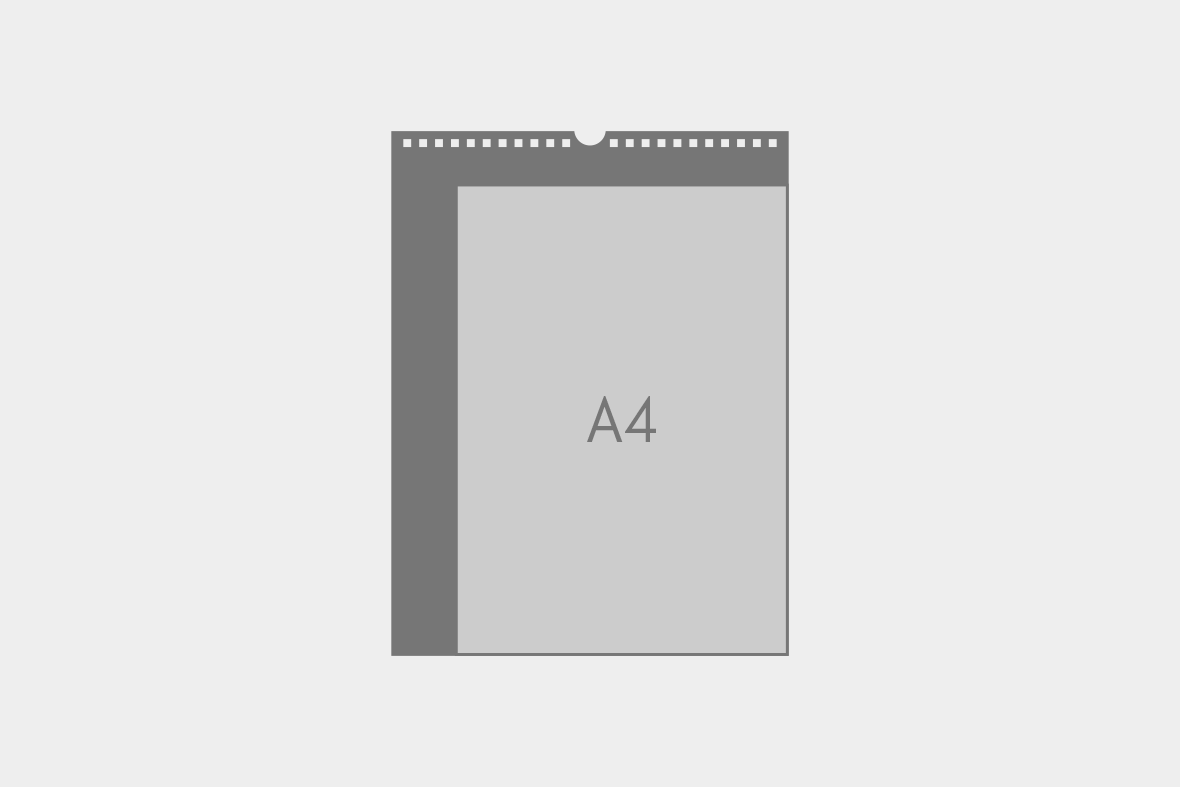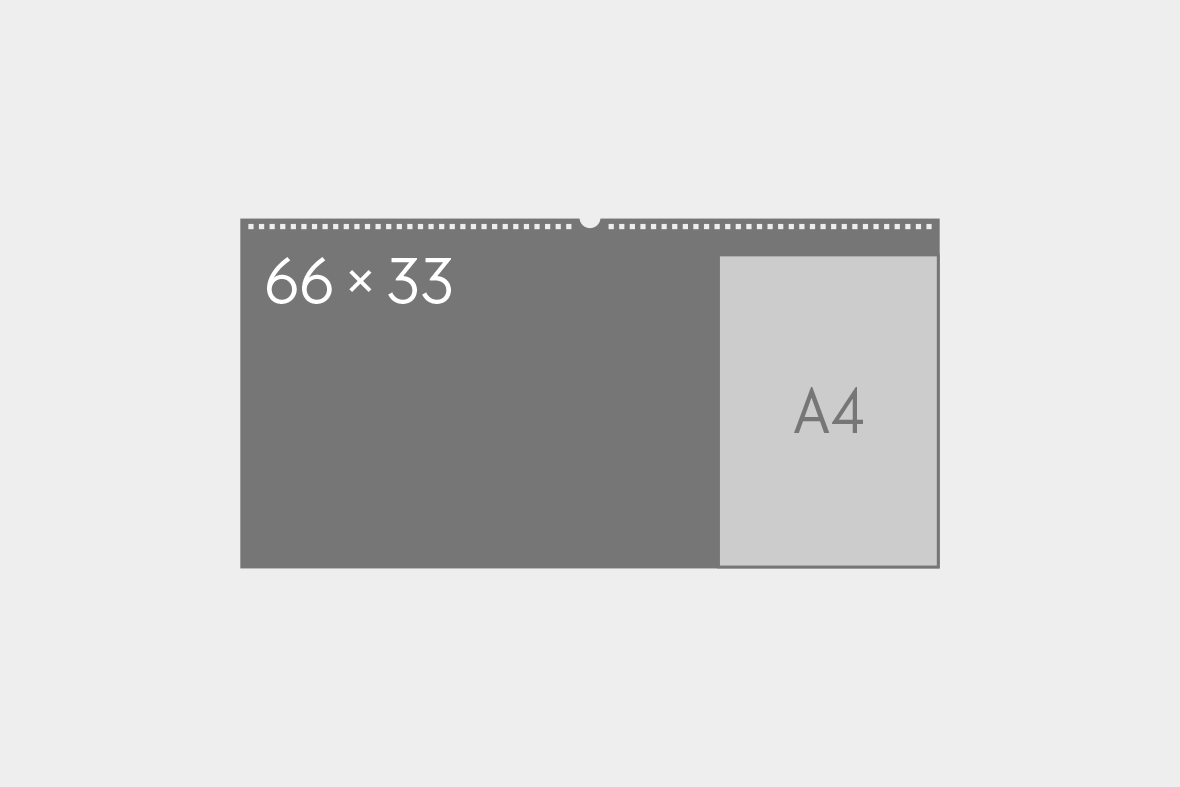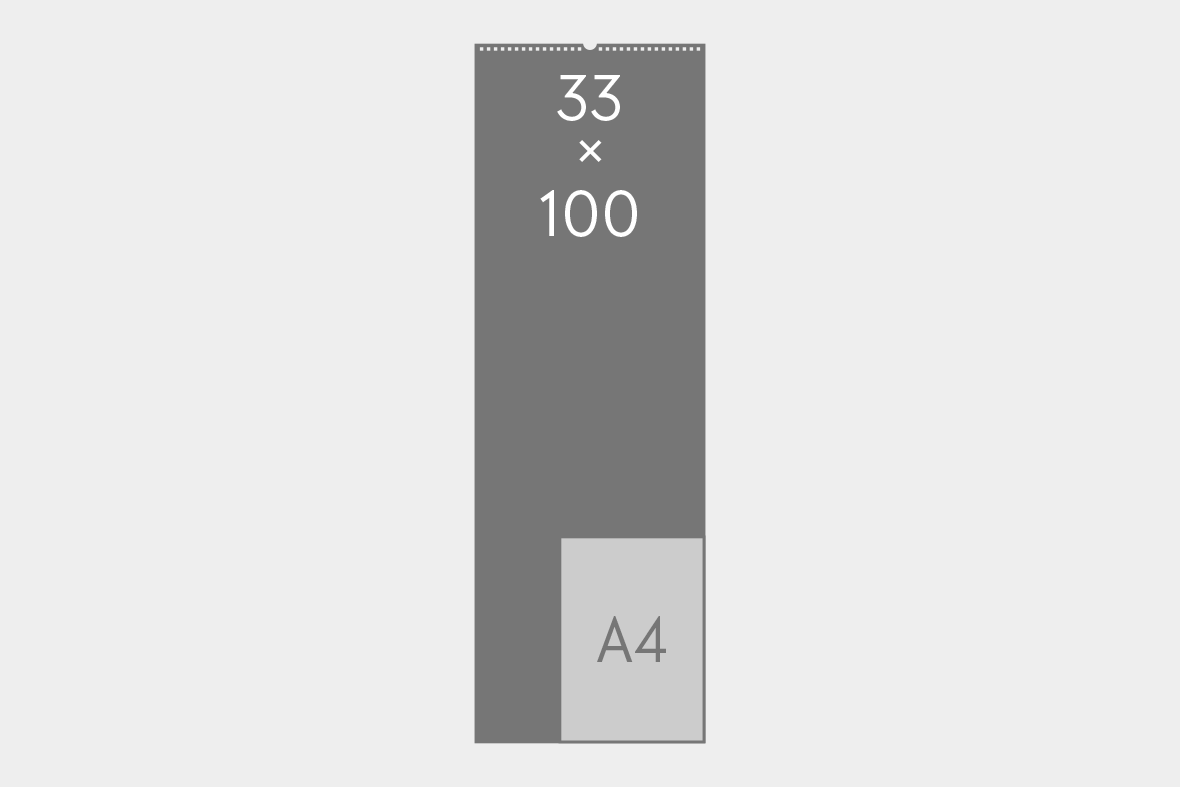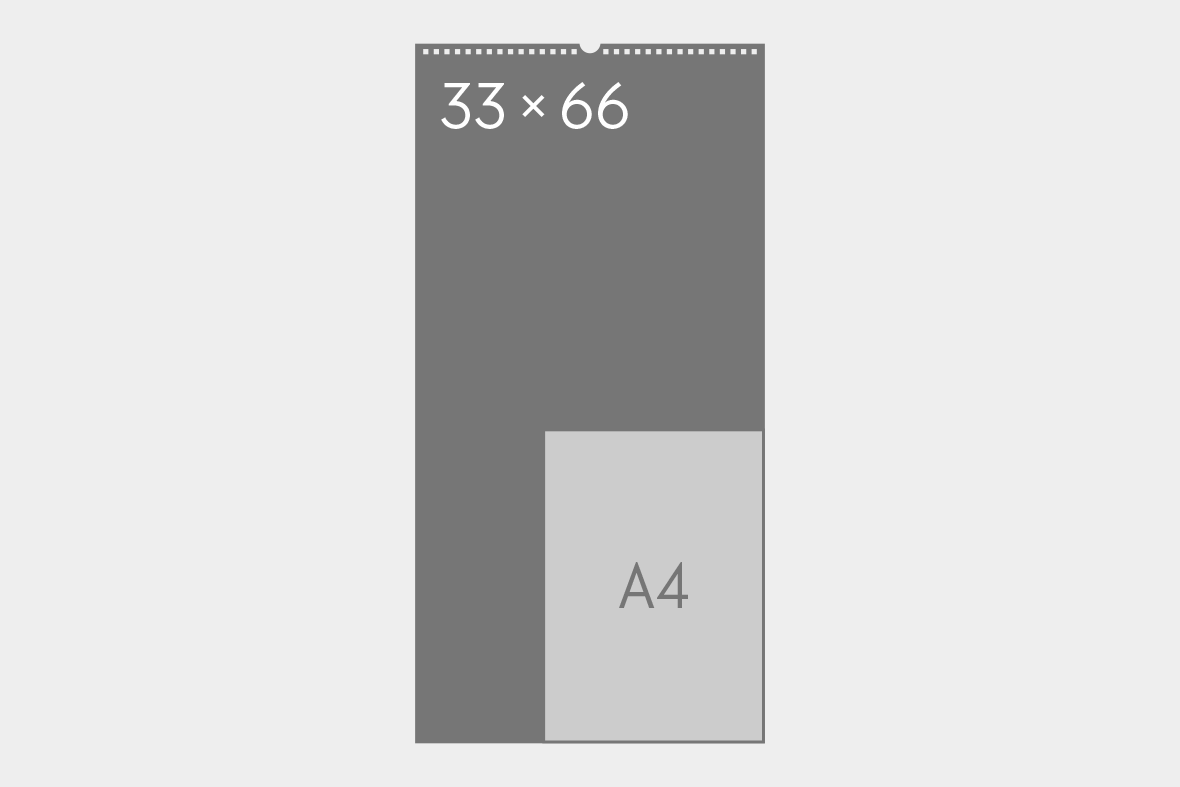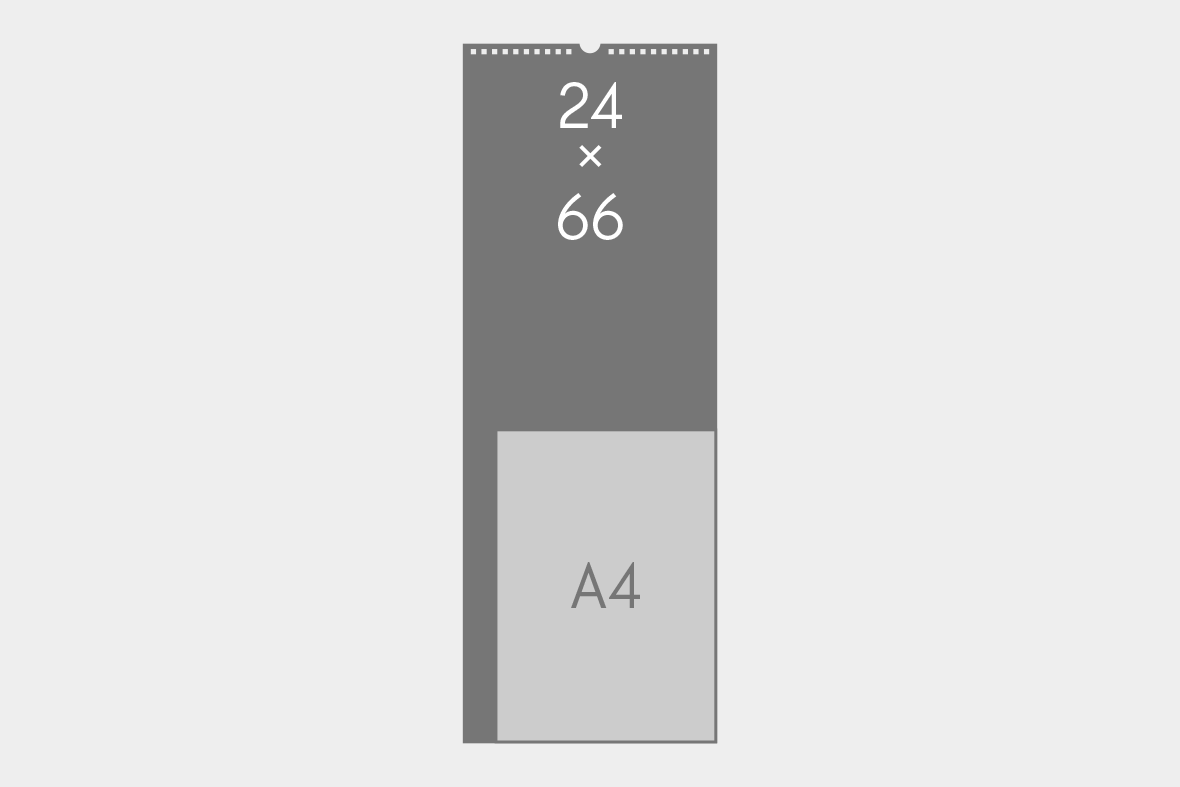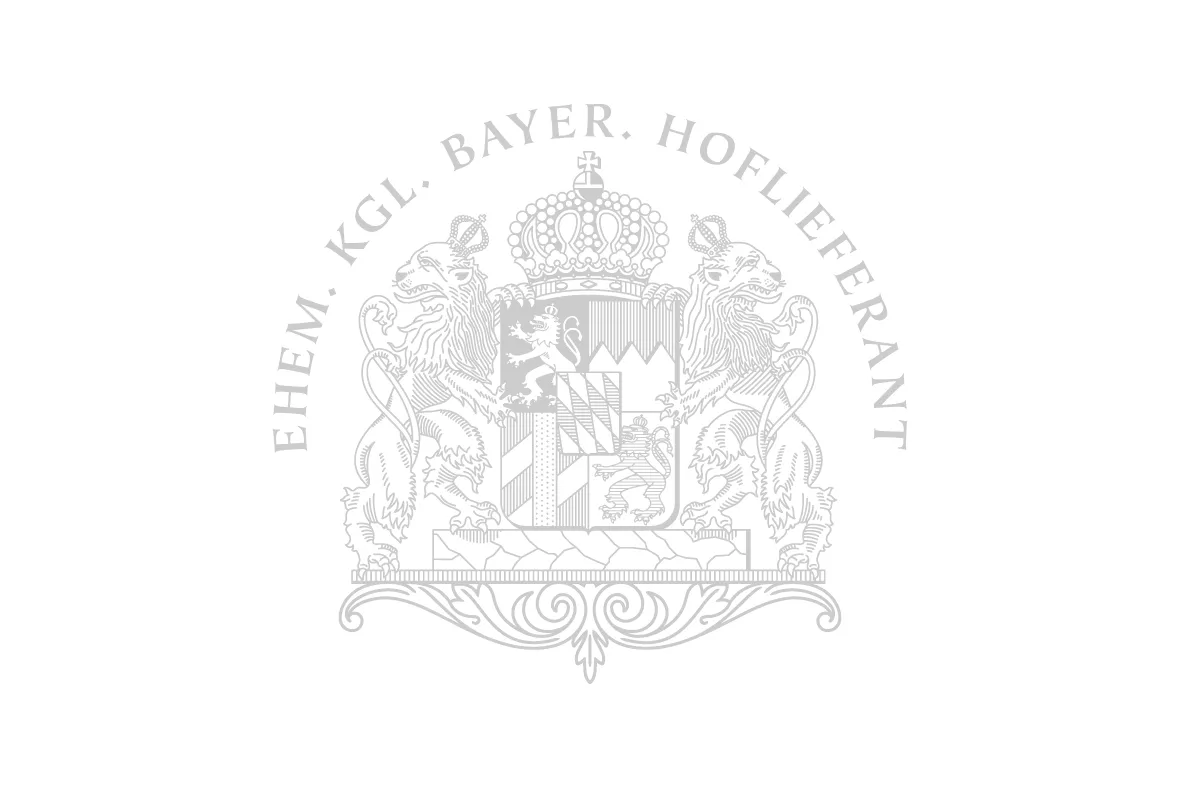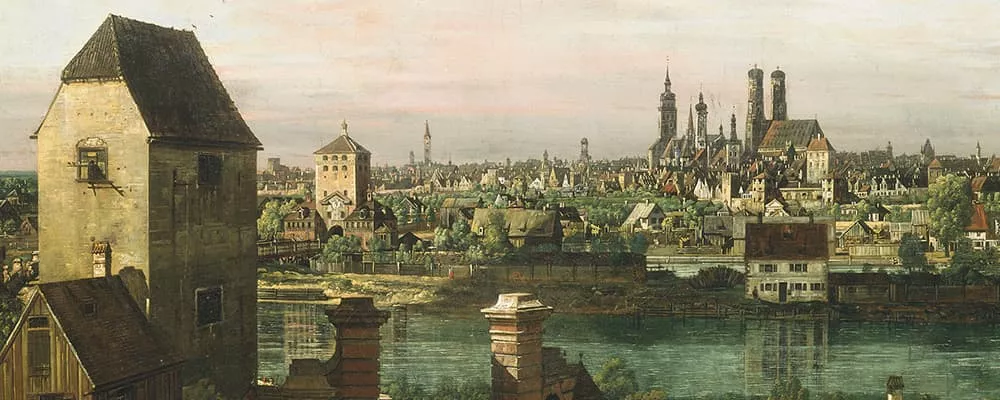The history of Ackermann
Calendars with History:
425 years of Ackermann
Founded in Munich as early as 1597, making it one of the oldest publishing houses in Germany, Ackermann Kunstverlag is known for sophisticated titles and the highest quality for over 400 years.
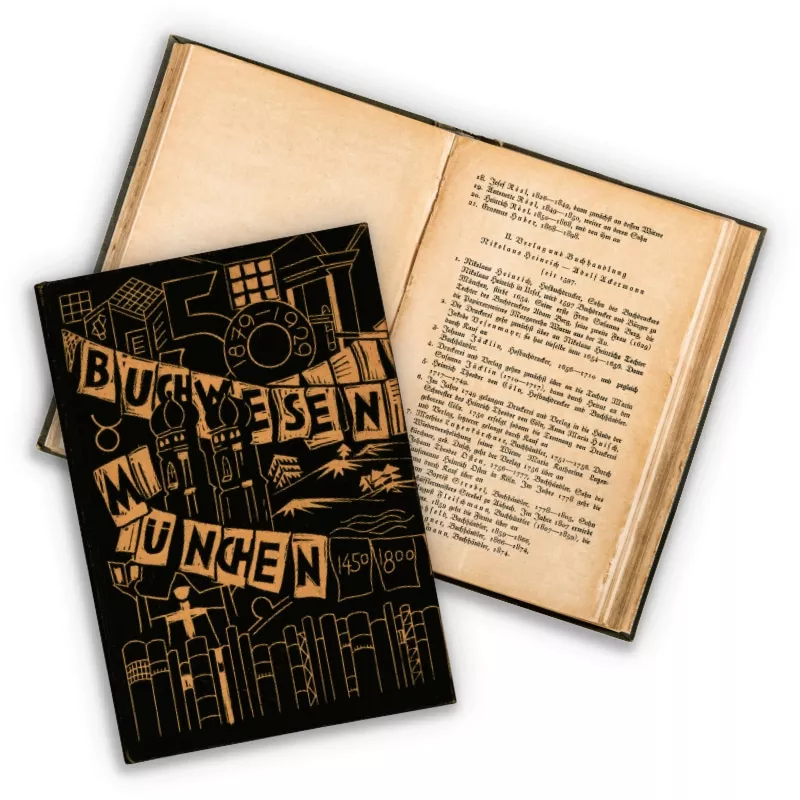
1597
Gutenberg's first Bible made of movable type is not yet 150 years old when the printing house owner Nikolaus Heinrich is granted the so-called "Buchgerechtsame" in Munich. This formal authorization to print and publish lays the foundation for today's publishing house. The publishing house has come a long way since then, and not just in terms of time. In the beginning, mundane everyday items were produced instead of great art, such as order pads and other business stationery.
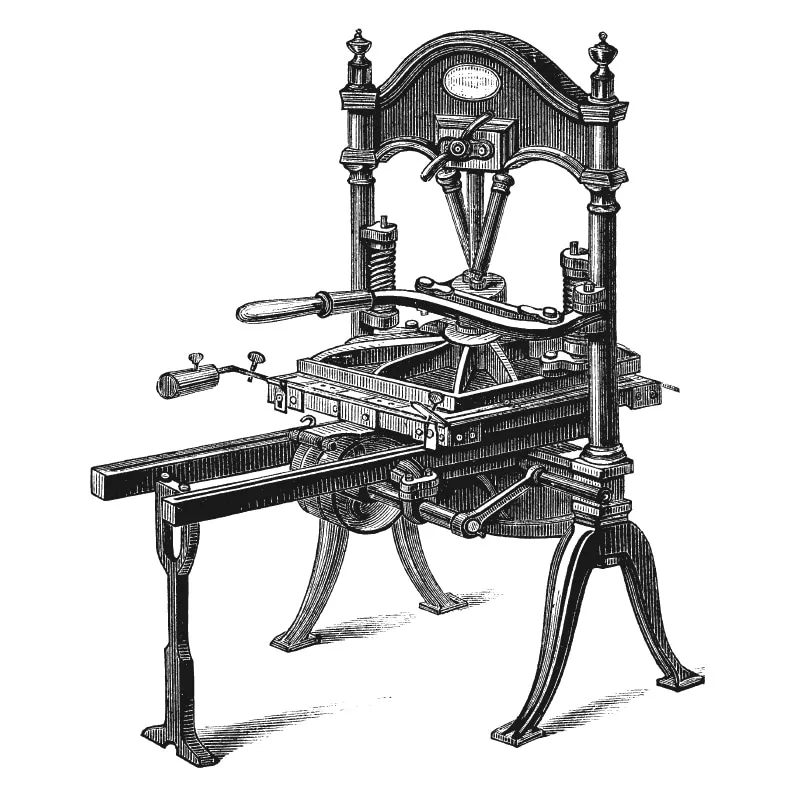
1806
In the same year that Bavaria becomes a kingdom with Munich as its royal capital and residence, the art dealer Ernst August Fleischmann acquires the book rights. He continues the business at the renowned Maximilianstraße No. 2 as the "E. A. Fleischmannsche Hof-Buch- und Kunsthandlung", where from then on both books and paintings are traded and thus great art becomes part of the publishing history.
1872
The eponym of today's Ackermann Kunstverlag, Friedrich Adolf Ackermann, joins the company in 1864 and takes it over completely in 1872. In addition to the book trade, "F. A. Ackermanns Kunstverlag" concentrates in the future on publishing high-quality reproductions of (then) contemporary and classical art in the form of exclusive collector's folders and art postcards, which are soon sent all over the world.
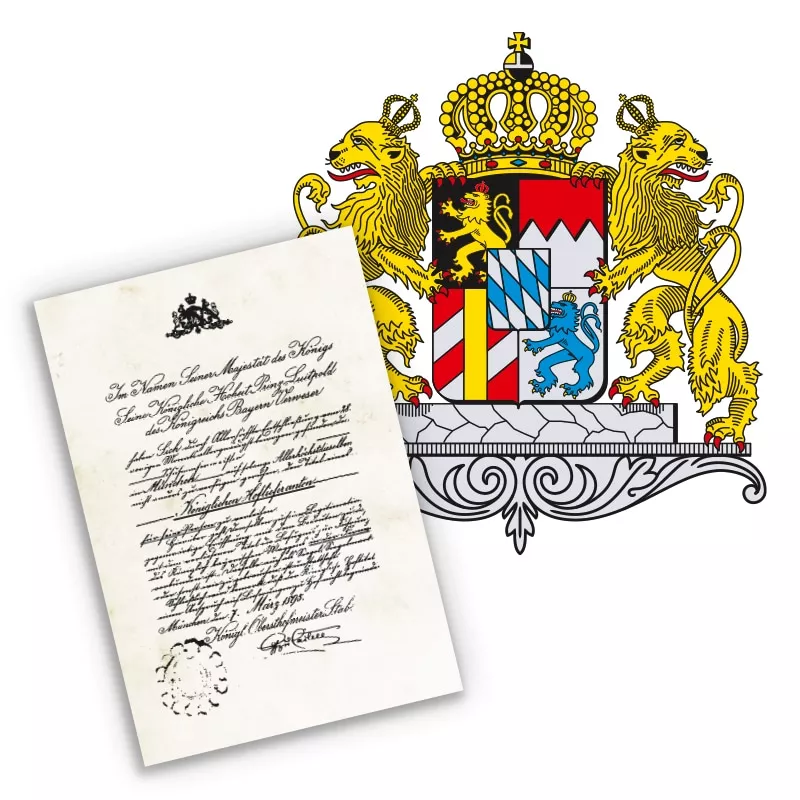
1879
As the highlight of his publishing life, F. A. Ackermann is granted the great honor of being appointed Royal Bavarian Purveyor to the Court by "Fairy Tale King" Ludwig II in 1879. A distinction that Ackermann shares with companies such as Dallmayr, Kaut-Bullinger or Porzellanfabrik Nymphenburg. The coat of arms valid at that time, the so-called "Third Shield of the Kingdom", still adorns all our products today.
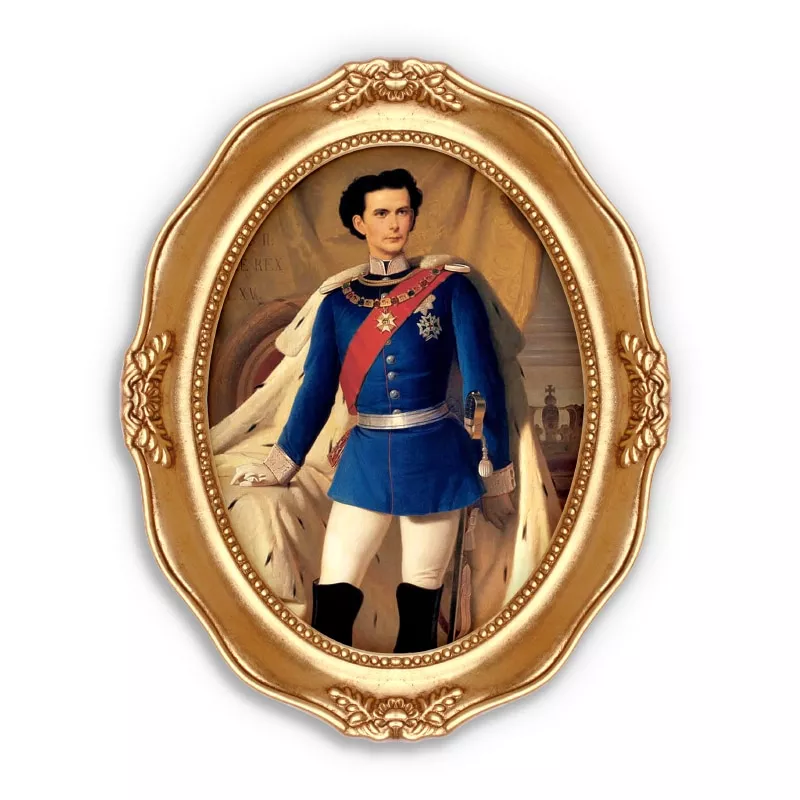
1900
With the emergence of the postcard as a means of communication around the turn of the century, Ackermann further expanded this segment and became the market leader in German-speaking countries. Reproductions of classical works were published, as well as motifs designed especially for the publishing house by renowned artists of the time.
1937
After many years of upheaval, the Zurich publisher Walter Claasen takes over the publishing house. During the Third Reich, the publishing house remains in Swiss ownership and is thus able to resume operations as early as 1947 with the approval of the military government. As a result of the bombing of Munich in July 1944, the publishing house's offices in Theresienstrasse burn out, so that unfortunately only a few historical documents from before this time have survived.
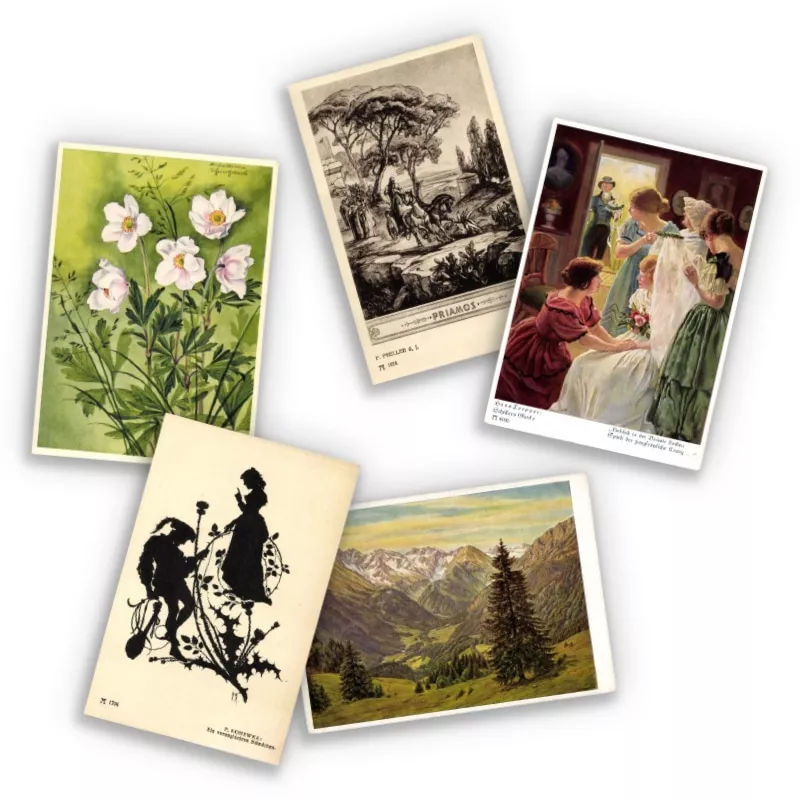
1957
Under the aegis of Hubertus Weinert, Ackermann undergoes another far-reaching realignment. In the future, the publishing house concentrates on the production of wall calendars and establishes itself over the following decades as one of the best-known calendar brands in Germany.
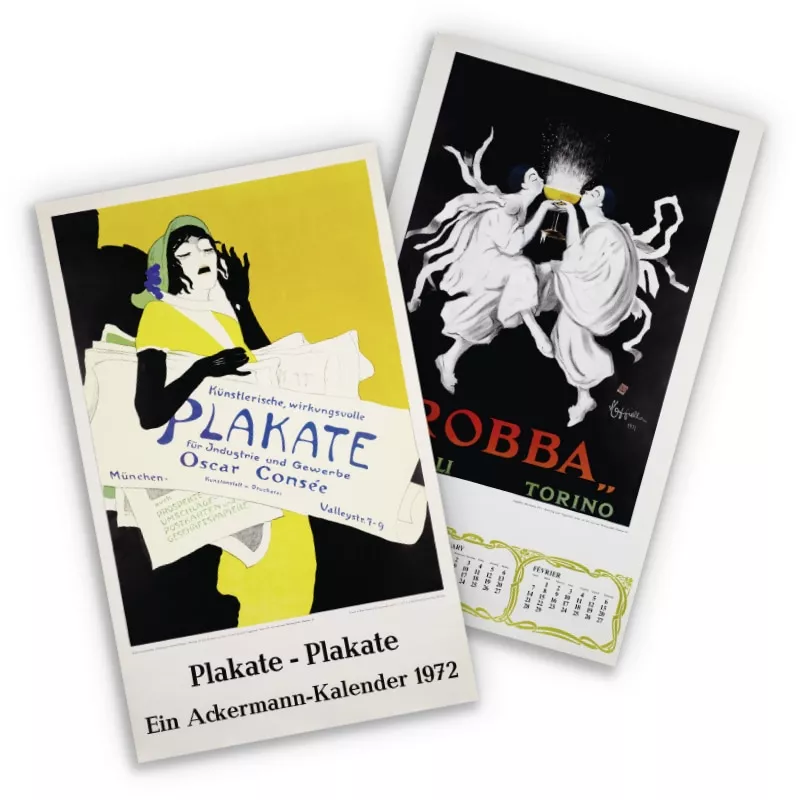
2007
Printing entrepreneur Michael Kleine takes over the publishing house from long-time publisher J. Michael Kathan. With renewed vigor, proven know-how and the creativity of a small, colorful team, the publishing house becomes "the" Ackermann you know today and for which we stand. And of which we are admittedly also a little bit proud.
